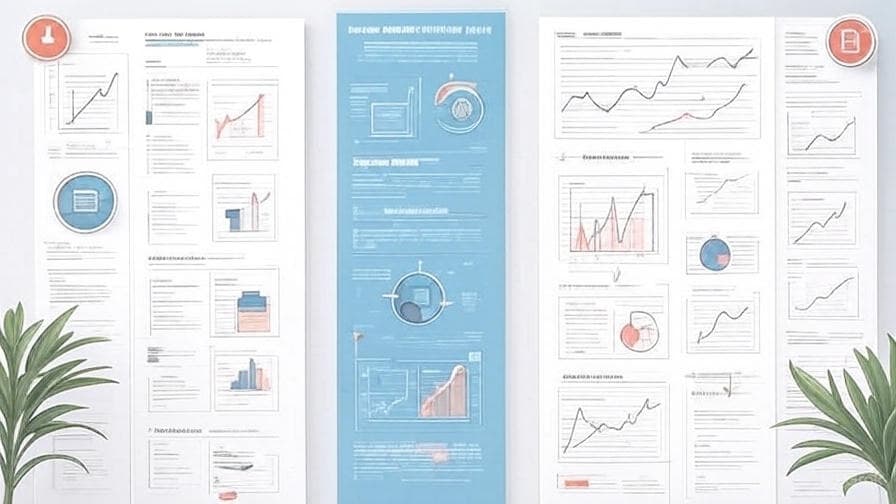Preparing for the IELTS Writing Task 1 in the Academic version can feel like navigating uncharted territory, especially for test-takers unfamiliar with data interpretation and formal writing. Unlike General Training, where Task 1 focuses on letter writing, Academic Task 1 assesses your ability to describe visual data in a clear and structured way. This blog post is your complete guide to understanding and excelling in this part of the test.
What is IELTS Academic Writing Task 1?
In IELTS Academic Writing Task 1, you are given a visual representation of data—this could be a graph, chart, table, map, or diagram. Your task is to write a formal report summarizing the main features, making comparisons where relevant, and presenting an overview. You have 20 minutes to write at least 150 words.
Common Task Types
The most common types of visuals include line graphs, bar charts, pie charts, tables, process diagrams, and maps. Each of these requires a specific approach. For instance, with line graphs, you’ll often describe trends over time, while process diagrams require sequential explanations.
Key Skills Needed
To succeed in Task 1, you need several skills: the ability to paraphrase the question, identify key trends, use accurate vocabulary for data description (like “increased sharply” or “remained stable”), structure your report logically, and maintain a formal tone throughout. For example, instead of saying “sales went up a lot,” a better phrasing would be “there was a significant increase in sales.”
Preparation Strategies
Preparation should include reviewing sample questions, writing practice responses, and getting feedback. Focus on improving your grammar, especially sentence structures for comparisons and trends. Use model answers to understand the tone and structure expected. Langogh offers guided practice with instant feedback so you can improve faster and more efficiently.
Differences Between Academic and General Task 1
While Academic Task 1 involves summarizing visual data, General Training Task 1 is all about writing letters—formal, semi-formal, or informal. This means that the Academic task demands more analytical thinking and a different set of vocabulary and writing structures. Confusing the two can be detrimental to your score.
Timing and Time Management
You only have 20 minutes to complete this task, so practice is key. Spend around 3 minutes analyzing the visual, 2 minutes planning, and 15 minutes writing. Avoid spending too much time perfecting every sentence—you also need energy for Task 2, which carries more weight.
Computer-Delivered vs. Paper-Based IELTS
Computer-delivered IELTS has several advantages over the paper-based test. You can easily edit text, type faster than writing, and benefit from an on-screen word count. Our platform simulates the computer-delivered environment so you can build comfort with the real exam format. Practicing in the actual format boosts confidence and performance.

Using Langogh to Prepare
Langogh, our intelligent test preparation platform, offers real IELTS-style prompts and gives feedback on coherence, vocabulary, grammar, and structure. Unlike static books, our AI system helps you improve exactly where you’re weak. It even highlights specific errors in trend description, paraphrasing, or using comparative structures. For example, if you write “the rate of unemployment was more high,” Langogh will suggest “higher” as the correct comparative form.
Band Score Criteria Explained
IELTS Writing is evaluated on four criteria: Task Achievement, Coherence and Cohesion, Lexical Resource, and Grammatical Range and Accuracy. A band 9 response will fully meet the task requirements, be logically organized, use a wide range of vocabulary with precision, and contain error-free grammar. A band 6, however, might have limited vocabulary, noticeable grammar issues, and a lack of clarity or development.
Challenges Test-Takers Face
Common problems include misunderstanding the task, copying the question without paraphrasing, writing less than 150 words, and failing to provide a clear overview. Time pressure adds to the challenge, especially for non-native speakers unfamiliar with data interpretation. Practicing with feedback and under timed conditions is crucial to overcoming these hurdles.
Sample Question Examples
Example 1: “The chart below shows the percentage of households in different income groups that had internet access in 2022.”
Example 2: “The diagram below illustrates the process of producing electricity in a hydroelectric power station.”
Each of these examples requires a distinct approach. Describing a chart involves identifying high and low percentages and trends, while a process diagram needs passive voice and sequence markers like “firstly,” “next,” and “finally.”
Final Thoughts
IELTS Academic Writing Task 1 may seem daunting at first, but with the right preparation and tools, you can master it. Remember, practice under exam-like conditions is the key. Our AI-powered platform not only prepares you for the computer-delivered format but also provides intelligent, real-time feedback that helps you improve with every task. Sign up and take your first step toward IELTS success today.



